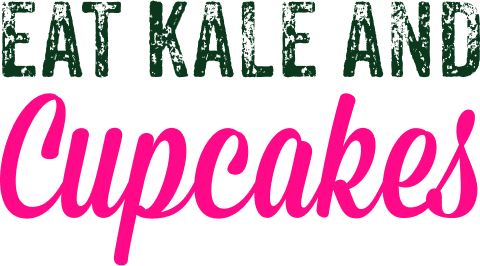Image via Flickr/mararie
The Five Top Tools for Self-Care
This may include being mentally present before, during and after a meal. Awareness of your meal allows you to recognize you are actually eating and to make the decision on how much or how little to eat. Self-care at meals can more specifically lead to being mindful of all five senses. Engage in tasting your food, touching your food, smelling it, listening to it (yes, food does make noise – think of sizzling fajitas) and truly looking at it (the beautiful colors in a salad or perhaps the presentation of your fast food item). It may be learning to listen to your body’s internal sensations that will guide you in your food decisions. Think if every time you eat dairy, you get a bellyache, listen to your body and give it a smaller portion or a lactose-free option. (Lactaid is also available at many drug stores to use as a supplement with your first bite of food to make digesting lactose easier.) Self-care can also mean using coping skills to deal with feelings rather than food or just exercise.
How does one practice self-care? Here are my five favorite tools that are sure to keep you active in the pursuit of self-care.
Mindful Meal Logs
Learn when, why, what and how you are eating. That’s right. Logging the time, place, level of hunger, thoughts, feelings, behaviors and food eaten before and after your meals will provide you with tons of information. You can then use this information to make decisions such as “Does this food work for me?” “Does it keep me full or am I hungry in one hour?” “Is there another food that may keep me sated longer?” Check out the free Mindful Meal Logs from my Women’s Health Body Clock Diet and read this post to learn how to use the logs. You can create your own or even use a regular spiral notebook to jot down your observations.
The Comfort Card
This tool is your answer to end emotional eating. In order to eat for physical reasons (aka a source of fuel), to replete your daily energy requirements, you need to know how to deal with stress. Most people eat when they feel stressed, sad, angry or even happy. When we speak to self-care, the act of consistently eating for emotional reasons can be self-destructive. Instead, create a comfort card (postcard size) with your five top coping skills or even distractions to engage in to either delay the emotional eating or completely avoid it. Here is a sample and free printout of your very own comfort card. Think breathing, knitting, self-talk or getting a manicure.
Mindfulness Monthly Subscription
With all the things you have to do, who has time to even remember to live in the moment and take care of yourself? I found the cutest concept that serves as a great tool to keep regular with self-care. Part of self-care is logging and or journaling. It is connecting with yourself to feed your mind, body and spirit with non-food items just as much as it can be fed with food for fuel. But of course someone already recognized help is needed.
Self-Love Worksheet
In order to practice self-care, you must think you are worthy of doing so. Create or download a worksheet to use daily or perhaps weekly to help increase the reasons to love yourself and ultimately nourish your mind, body and spirit. There are many worksheets available online for free and even books that can help to lend a hand. Here is a sample worksheet I found online.
The How To Series
Need a step by step guide on how to be mindful? Well, books are great tools especially when they are authored by the Zen Master, Thich Naht Hanh! If you follow me on twitter or Instagram, you’ll notice I recently tweeted a pic of his book “How to Relax.” Hanh is a Buddhist monk but you can connect with his teachings regardless of your beliefs. As part of the Mindful Essentials series, there are four small books, How to Sit, How to Love, the aforementioned How to Relax and How to Eat. How to Eat is all about how eating can become a form of meditation. It’s about being mindful in regards to all aspects of food — the growing, preparation, serving, tasting and even the cleaning up.
So there you have it! The five tools that will make self-care easier this year. Start with one tool and then keep adding! Remember, every little act of self-care can lead to greater health.








